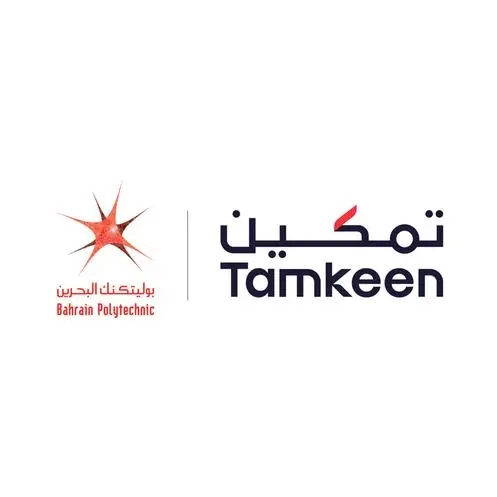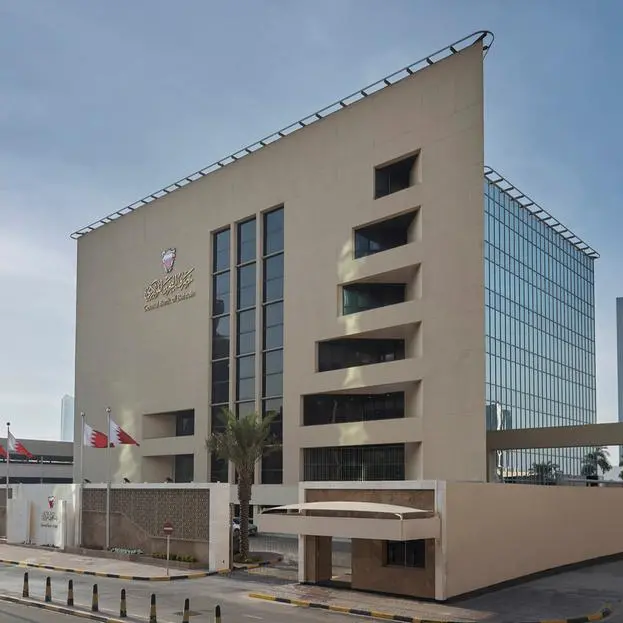- Petrochemicals investments for 2019-2023 up 50% from previous 2018-2022 outlook
- Two-thirds of MENA countries to see lower planned investments in their upstream gas sectors
- Share of government investments in committed upstream gas projects stands at just under 92%
- Industrial sector accounts for roughly 30% of total gas consumption in Middle East
- Liquefied natural gas continues to benefit from the very low regional gas connectivity
Dammam, Saudi Arabia: The Arab Petroleum Investments Corporation (APICORP), a multilateral financial development institution, today released its Gas Investments Outlook 2019-2023 on the MENA region’s planned and committed investments for the period 2019 to 2023.
In addition to detailed country-by-country analysis, the report also highlights interesting trends and dynamics shaping the gas landscape over the short and medium terms, including the energy transition, gas pricing, private sector participation and emergent technologies.
REGIONAL HIGHLIGHTS
USD 70 billion y-o-y decline in MENA’s total committed and planned investments
APICORP’s research indicates that the total committed and planned investments fell largely due to Saudi Arabia successfully commissioning major projects and lower prospects for Iran’s gas sector.
Out of the nine countries with committed upstream investments in the 2018 outlook, seven of them saw a year-on-year (y-o-y) decline, including Iran, which saw its share of projects under execution fall by 77%.
The UAE and Qatar are expected to see an increase in their downstream gas investments. Overall, the decline in MENA committed investments was most notable in Kuwait (close to 80%), Saudi Arabia (60%) and Algeria and Iran at around 50%.
In terms of total gas consumption at the MENA level, the report indicates that the industrial sector currently accounts for roughly 30% of the region’s total gas consumption.
Declines in gas investments largely offset by significant increases in petrochemicals
By contrast, APICORP’s Annual MENA Gas Investments Outlook shows petrochemicals investments as a bright spot, with a 50% y-o-y increase compared to its 2018-2022 outlook.
Two-thirds of the MENA countries will record lower planned investments in their upstream gas sectors
Even though reforms have contributed to the reduction in energy subsidies and improved energy efficiency and renewables programmes, there is still a risk of under-investment in upstream gas. A fair number of the greenfield power projects – in Saudi Arabia (12GW) and Egypt (9GW) – will undoubtedly require additional gas supplies. Major upsides will come from Qatar, where tenders for additional LNG processing trains (estimated at USD 15 billion) - have recently been issued.
Dr. Ahmed Ali Attiga, Chief Executive Officer, APICORP, commented: “Due to higher upfront risks associated with exploration activity, we are seeing governments shouldering the majority of the investments on the upstream side. Currently, government investments account for a little under 92% of committed upstream gas investments compared to just 29% for petrochemicals projects where we are seeing more private sector involvement. This involvement is expected to expand given the increasing share of planned petrochemicals and other downstream gas projects estimated at USD 134 billion - or 71% - in the overall gas value chain versus upstream and midstream.”
Dr. Leila Benali, Chief Economist and Head of Strategy, APICORP, said: “The downward shift is not necessarily an indication of low investment appetite. In Saudi Arabia for example, it actually indicates a deceleration from a heavy upstream activity and the commissioning of major projects such as Wasit and Fadhili gas processing plants.”
“Nevertheless, with some countries struggling to attract private sector investment, the risks of supply crunch materialising increase again in the region. The other interesting development is that with global gas prices dropping, investors in the gas value chain are using a variety of financing strategies and commercial schemes to get project FIDs,” Dr. Leila continued.
Country Highlights
In the UAE, industrial needs will become main driver for gas consumption over the coming years – especially in petrochemicals.
Gas demand for power generation purposes is expected to slow down to less than 1% p.a. to 2024 compared to the 6% rate over the past six years, due primarily to the commissioning of nuclear power units at Barakah and solar power projects.
On the upstream side, the UAE announced a 1.6 trillion cubic metres (tcm) addition to its conventional gas reserves in November 2019, catapulting it to sixth place globally in terms of gas reserves. It also became the first country in the region to list unconventional gas reserves of 4.5 tcm.
In Saudi Arabia, gas demand is set to grow at a historically lower annual average rate of 1.8% to 2024, with medium-term consumption largely driven by power generation and industrial activities.
Investments in Saudi Arabia’s gas sector are projected to decline relative to previous outlooks as major projects are comissioned. The country has gone from gas tightness to excess gas and has ambitious plans to boost sales gas output from 89 billion cubic metres per annum (bcma) in 2017 to 164 bcma by 2026.
Egypt expects continuous growth of gas consumption at an average rate of about 4% p.a. for the next five years owed to power generation, gas exports and industrial development.
Egypt’s Industrial Development Plan 2016-2020 forecasts domestic annual gas consumption to reach 72 billion cubic metres (bcm) in 2020 and 92 bcm in 2021. There are concerns about Egypt turning into net gas deficit as soon as 2025, owing to high domestic consumption and once its 12 Mtpa LNG trains operate at full capacity. An analysis on the Egypt Gas Hub initiative shows that some key elements of the gas hub concept are still to be developed.
Oman underwent a period of limited gas rationing for industries as well as electricity reform, but its production is expected to increase.
Oman continues its upstream reform drive by awarding three blocks to international IOCs in 2019. Over the next five years, the Sultanate’s gas production is expected to increase by 47 bcma from its current level of 40 bcma. This increased production will underpin the 15% increase in the share of gas in the country’s fuel mix (from 35% in 2015 to 50% by 2025).
Algeria’s rising domestic challenge
Algeria’s domestic demand continues to grow, jumping by 70% from 2008-2018 due primarily to the power sector which relies on natural gas to feed 98% of the country’s total generated electricity. Gas-fired capacity will continue to feature heavily in the Algeria’s estimated USD 31 billion of new power generation projects over the next five years, which equals 56% of the country’s total energy investment.
For more information and to see the full findings of the report, please visit: [Insert Link here]
-Ends-
For further information:
Hassan Al-Jundi
APICORP
Mobile: +966 55 8012942
Email: haljundi@apicorp.org
Zeeshan Masud Daniel Chinoy
Weber Shandwick Weber Shandwick
Mobile: +971 55 918 6751 Mobile: +971 50 255 3402
Email: zmasud@webershandwick.com Email: dchinoy@webershandwick.com
About APICORP:
The Arab Petroleum Investments Corporation (APICORP) is a multilateral development financial institution established in 1975 by an international treaty between the ten Arab oil exporting countries. It aims to support and foster the development of the Arab world’s energy sector and petroleum industries. APICORP makes equity investments and provides project finance, trade finance, advisory and research. APICORP is rated “Aa2” with stable outlook by Moody’s and its headquarters is in Dammam, Kingdom of Saudi Arabia.
More information can be found at: www.apicorp.org
© Press Release 2019Disclaimer: The contents of this press release was provided from an external third party provider. This website is not responsible for, and does not control, such external content. This content is provided on an “as is” and “as available” basis and has not been edited in any way. Neither this website nor our affiliates guarantee the accuracy of or endorse the views or opinions expressed in this press release.
The press release is provided for informational purposes only. The content does not provide tax, legal or investment advice or opinion regarding the suitability, value or profitability of any particular security, portfolio or investment strategy. Neither this website nor our affiliates shall be liable for any errors or inaccuracies in the content, or for any actions taken by you in reliance thereon. You expressly agree that your use of the information within this article is at your sole risk.
To the fullest extent permitted by applicable law, this website, its parent company, its subsidiaries, its affiliates and the respective shareholders, directors, officers, employees, agents, advertisers, content providers and licensors will not be liable (jointly or severally) to you for any direct, indirect, consequential, special, incidental, punitive or exemplary damages, including without limitation, lost profits, lost savings and lost revenues, whether in negligence, tort, contract or any other theory of liability, even if the parties have been advised of the possibility or could have foreseen any such damages.










